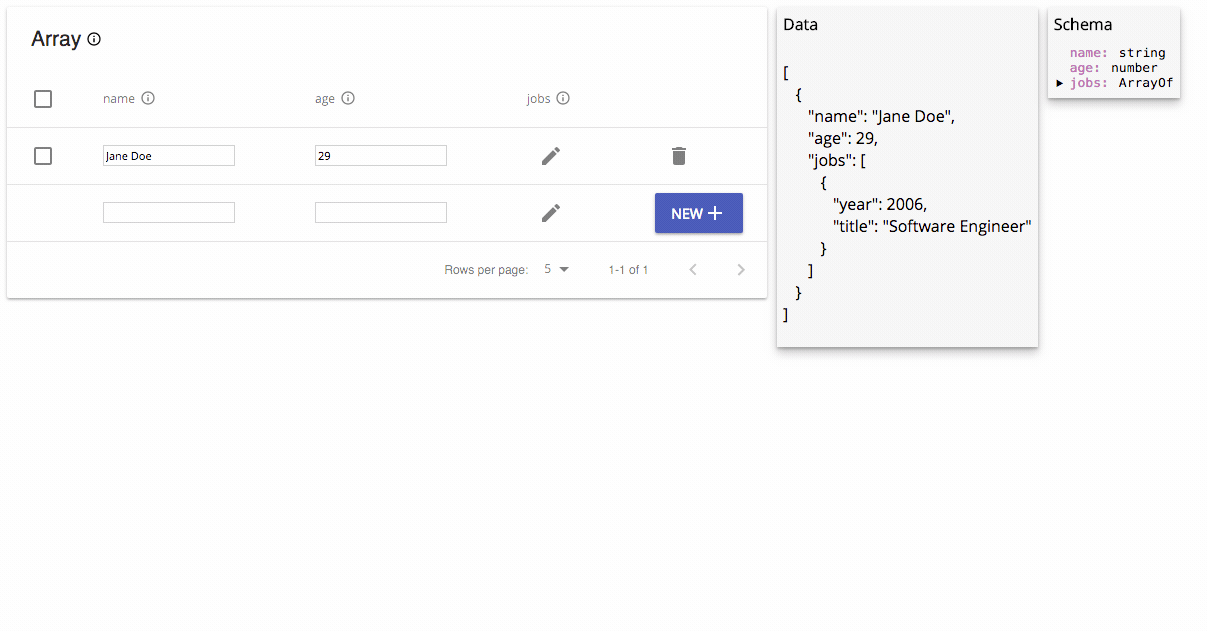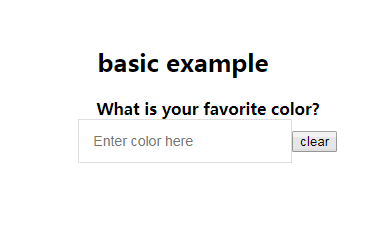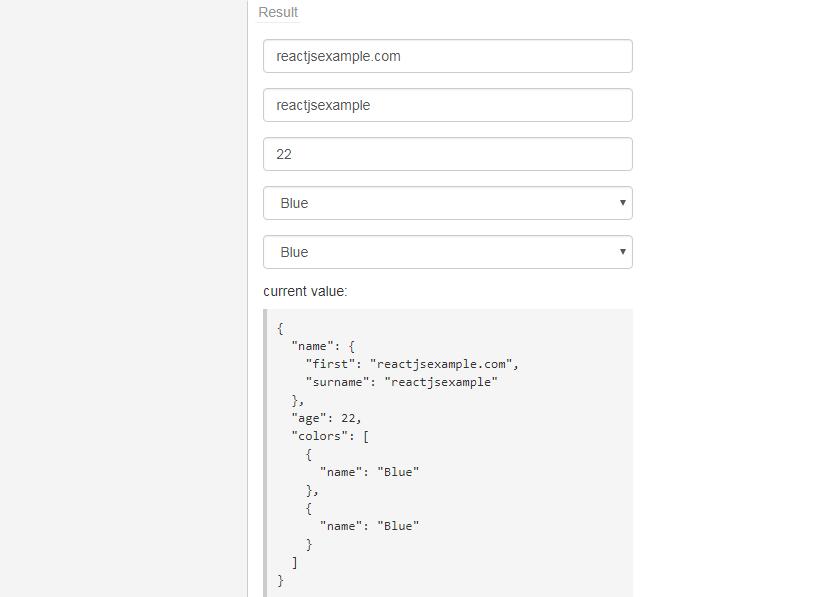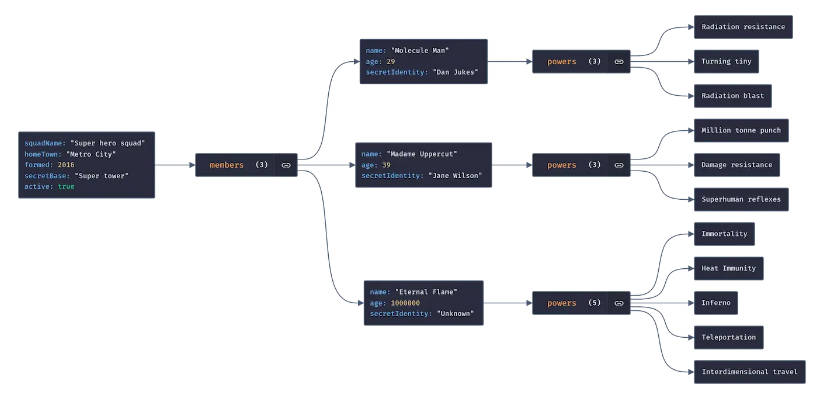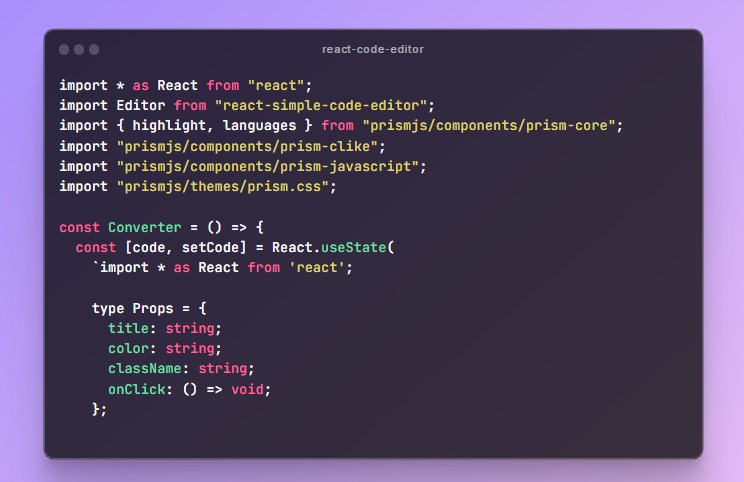object-editor-react
Schema-aware editor for structured JSON objects (drop-in React component)
object-editor-react is a visual editor for structured JSON data, available as a simple drop-in React component.
- ? Drop-in, structured editing of deeply nested JSON objects
- ⚛️ Schema aware: create nested objects and array elements in real time
- ? Bulk operations for working with larger objects
How it works:
- Create a
Schema-- it can be as deeply nested as you need.
import { SchemaTypes } from 'object-editor-react';
const schema = {
foo: SchemaTypes.string({ required: true }),
bar: {
baz: SchemaTypes.arrayOf({
nested: SchemaTypes.string(),
}),
},
}
- Drop in an
ObjectEditororArrayEditorand provide modification handlers.
import { ArrayEditor, ObjectEditor } from 'object-editor-react';
const YourComponent = props => {
return (
<ArrayEditor
type={schema}
object={[{ foo: 'bar' }, { foo: 'baz' }]}
onUpdateElement={(el, index) => ...}
onAddElement={(newElement) => ...}
onAddElement={(removedElement, index) => ...}
/>
);
}
A table-based editor is generated based on the Schema. For properties
with types like string and number, you can just edit the values directly
using an <input /> element.
For more complex properties (object, array, or other complex types), an
"Edit" button in the cell creates a nested Editor (type chosen
automatically) for editing the nested object.
Installation
npm i object-editor-react
Usage
To use object-editor-react, just create a schema and provide object modification handlers.
It's similar to using a controlled <input /> element.
Schemas
There are many different SchemaTypes that can be combined and nested however you need.
They are similar to React PropTypes.
A valid schema is either:
- An object whose leaves are
SchemaTypes - A
SchemaType
Examples:
import { SchemaTypes } from 'object-editor-react';
const schema = {
foo: SchemaTypes.string({ required: true }),
bar: {
baz: SchemaTypes.any(),
}
};
// Some valid instances:
// { foo: 'bar' }
// { foo: 'bar', bar: { baz: [] } }
const schema = SchemaTypes.arrayOf(SchemaTypes.string())();
// Some valid instances:
// [ 'one', 'two', 'three' ],
// [ ]
const schema = {
foo: SchemaTypes.arrayOf({
bar: SchemaTypes.array()
})({ required: true }),
};
// Some valid instances:
// { foo: [ { bar: [] } ] }
// { foo: [] }
SchemaTypes
any
The value can be any non-undefined value.
The value must have a type other than undefined.
string
The value must have type string.
boolean
The value must have type boolean.
function
The value must have type function.
number
The value must have type number.
date
The value must be a Date instance with a non-NaN time.
Specifically, Object.toString() must return "[object Date]", and date.getTime() must be non-NaN.
array
The value must be an Array instance.
Specifically, Array.isArray() must return true.
object
The value must have type object.
arrayOf
The value must be an array whose elements all conform to a specific SchemaType.
Specifically, the value must pass the SchemaTypes.array validation test, and each
element of the array must pass the validation test of the SchemaType passed
as the argument to arrayOf.
SchemaType options
Each SchemaType is a function. Every SchemaType except for arrayOf
takes a single, optional configuration object as its parameter.
These are the possible configuration options.
| Key | Note | Required? | Default |
|---|---|---|---|
required |
is the key corresponding to this SchemaType required? |
false |
false |
In the case of arrayOf, the arrayOf function takes a schema as its
only parameters and returns a function that accepts a configuration object.
Example:
const schema = SchemaTypes.arrayOf({
foo: SchemaTypes.string()
})({ required: false });
Editors
There are two top-level Editor components: ObjectEditor and ArrayEditor.
Both Editor types are "controlled" components: any changes to the objects are passed to a change handler,
but the Editors themselves don't have internal state to track changes.
ObjectEditor
An Editor for editing a single JSON object.
import { ObjectEditor } from 'object-editor-react';
props
| Prop | Type | Note | Required? | Default |
|---|---|---|---|---|
type |
Schema |
The Schema to use when generating the Editor and validating objects. Must be a valid Schema (an object whose keys are SchemaType:s, or a SchemaType) |
true |
|
object |
any |
the object to edit. must validate according to the Schema passed in the type prop. |
false |
|
onUpdateElement |
function |
function onUpdateElement (updatedElement: Object ) -> void. Handler called when the object is updated |
true |
|
className |
string |
any additional class names for the editor table wrapper | false |
|
icon |
function |
a function that returns an icon to use for each row in the table | false |
no icon used |
ArrayEditor
An Editor for editing an array of objects, where each element in the array conforms to a Schema.
import { ArrayEditor } from 'object-editor-react';
props
| Prop | Type | Note | Required? | Default |
|---|---|---|---|---|
type |
Schema |
The Schema to use when generating the Editor and validating objects. Each element in the array must conform to this Schema. Must be a valid Schema (an object whose keys are SchemaType:s, or a SchemaType) |
true |
|
object |
any |
The array to edit. Each element must validate according to the Schema passed in the type prop. |
false |
|
onUpdateElement |
function |
function onUpdateElement (updatedElement: Object, updatedIndex: Number) -> void Handler called when an element in the array is updated The updated element and the index are passed |
true |
|
onAddElement |
function |
function onAddElement (newElement: Object) -> boolean Handler called when a new element is added to the array If this function returns true, the "add object" row is cleared |
true |
|
onRemoveElements |
function |
function onRemoveElements (removedIndices: [Number]) -> void Handler called when an element in the array is removed The indices of removed elements are passed |
true |
|
className |
string |
any additional class names for the editor table wrapper | false |
|
icon |
function |
a function that returns an icon to use for each row in the table | false |
no icon used |
Examples
See examples/example.js for a stateful implementation with a deeply nested Schema.
